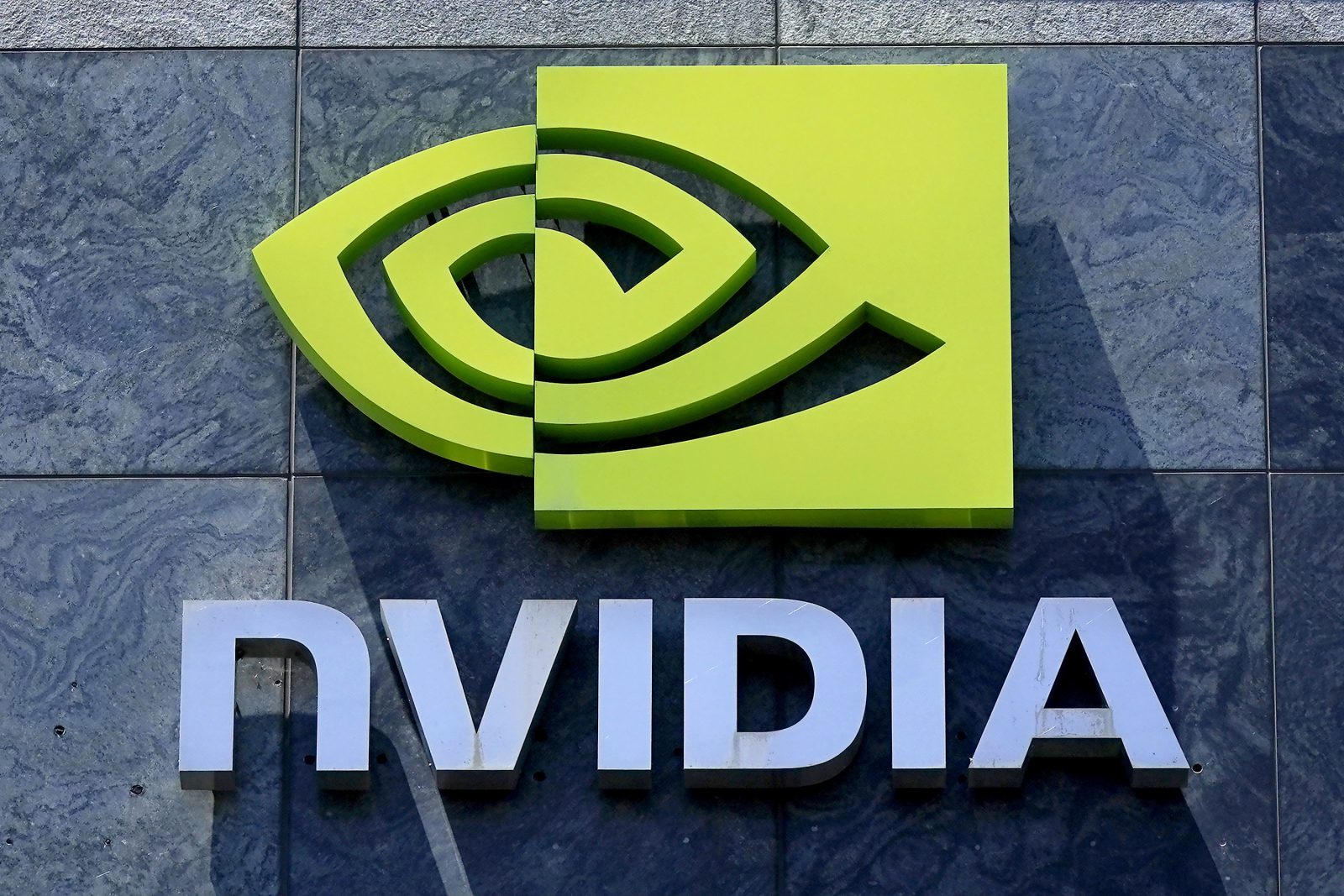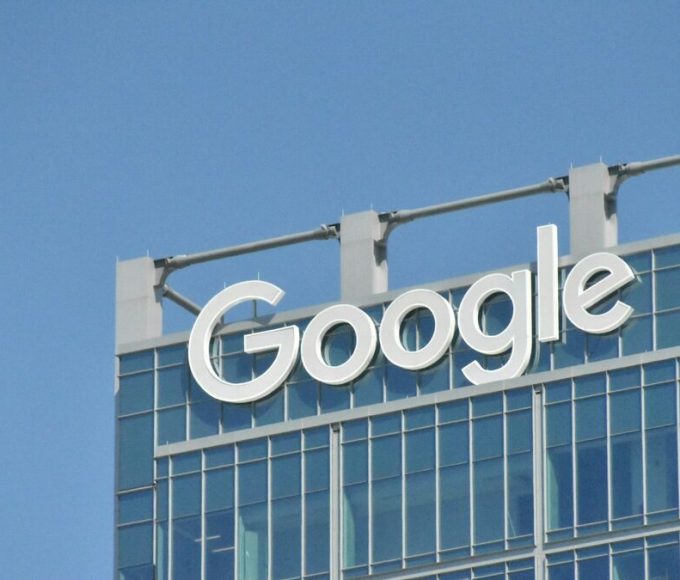Nvidia has officially crossed the $4 trillion mark in market value, becoming the most valuable company in the world. But the real story isn’t just about stock price or investor excitement — it’s about how deeply this company now sits at the center of the global AI boom, including the technologies transforming marketing, advertising, and creative industries.
For marketers, Nvidia’s rise signals a new kind of dependence. Every major AI tool — from creative automation platforms to predictive ad-buying systems — relies on hardware made by one company. The chips powering these innovations come almost exclusively from Nvidia, giving it a level of influence few suppliers have ever held.
How Nvidia Became Unstoppable
Nvidia’s dominance goes far beyond hardware performance. Its biggest advantage lies in the software ecosystem it has built over nearly two decades. The company’s proprietary programming platform, known as CUDA, has become the foundation for most AI development. Developers, researchers, and corporations have invested years building tools and models that rely on this framework, making switching to a rival’s system both time-consuming and costly.
The payoff is staggering. Revenue from Nvidia’s data center business — the division behind most AI workloads — has skyrocketed, driven by demand for GPUs used in training and deploying generative AI. Orders continue to outpace supply, despite the company’s ongoing push to expand production.
Most of the world’s largest tech companies, including cloud providers and social platforms, depend on Nvidia chips to run their AI systems. From recommendation engines to content generation tools, these firms rely on Nvidia hardware to power the products marketers now use daily. That means the marketing industry’s increasing use of AI rests on a single point of supply — and that concentration carries both cost and risk.

The Cost Ripple for Marketers
Nvidia’s position gives it extraordinary pricing leverage. With profit margins exceeding 70%, the company can command high premiums for its hardware and accompanying software. The cloud providers and AI startups that buy these chips aren’t likely to absorb those costs themselves — they’ll pass them along to customers.
As a result, marketers investing in AI-powered tools could face rising prices for everything from creative generation software to automated ad optimization platforms. The true cost of AI adoption, in other words, may be dictated as much by Nvidia’s pricing strategy as by software vendors or agency budgets.
While competitors are racing to catch up, the gap remains wide. AMD’s new chips are gaining traction, and major tech players are developing custom silicon to reduce dependency, but matching Nvidia’s ecosystem and developer base will take years. Until then, Nvidia’s grip on the AI hardware supply chain remains firm.

What It Means for Marketing
Nvidia’s chief executive has described the company’s role as providing the “engines” for a new industrial era, where every organization builds its own AI infrastructure. For marketing, that statement rings especially true. The creative, analytical, and strategic capabilities now reshaping the field are being powered by a single, unseen force in the background.
This reality changes the equation for marketers. It’s no longer just about choosing the right AI model, platform, or agency partner — it’s about understanding how dependent the entire AI ecosystem is on one technology supplier.
Nvidia’s $4 trillion milestone isn’t just a financial headline; it’s a reflection of how power in the marketing technology stack has shifted. As the industry doubles down on AI for efficiency, personalization, and automation, the companies behind the hardware matter as much as the ones writing the algorithms.
Marketers who understand that relationship — and how it shapes cost, scalability, and innovation — will be better prepared for the next phase of the AI-driven marketing economy.







